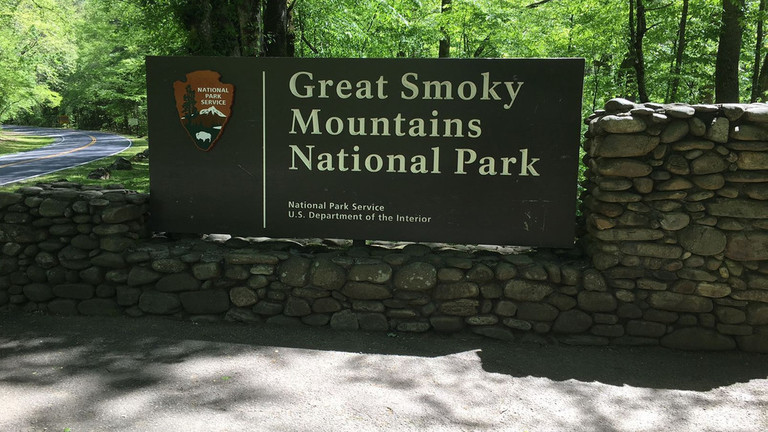
In a shocking and unexpected step, the United States government has issued an emergency decree ordering an immediate halt to all wildlife-related activity in the Great Smoky Mountains National Park. This unusual decision, announced late last night by the National Park Service (NPS) in cooperation with federal authorities, comes as public safety concerns grow.
The Directive: Its Meaning
The decision, which went into effect at midnight, ordered the temporary closure of all trails, campgrounds, and visitor centers in the Great Smoky Mountains National Park. The decision has an impact on millions of visitors and residents who frequent the park, which is one of the most popular national parks in the United States.
According to the NPS, this severe measure is in reaction to a series of “concerning incidents” involving wildlife in the park, including an alarming spike in aggressive behavior from species that normally avoid human interaction. While specifics remain unknown, sources within the park have hinted at a series of incidents with black bears and coyotes that have hurt several visitors in recent weeks.
The Safety Concern: An Increasing Threat
The Great Smoky Mountains, known for their biodiversity, are home to a diverse range of animals, including black bears, elk, deer, and a variety of tiny mammals, reptiles, and birds. While the park has always encouraged safe and courteous interaction with its wildlife, recent developments have gone beyond the norm.
Park officials have observed a significant rise in the frequency and severity of wildlife encounters, many of which have happened in places normally safe for tourists. These events have included particularly hostile behavior by black bears and an increase in coyote sightings near populated portions of the park. Unconfirmed reports suggest that other species, such as wild boar, are acting aggressively.
The government’s response: Why now?
Insiders said that federal authorities have been closely monitoring the situation for several weeks now. The decision to close the park to animal activities was not made lightly, but rather after thorough evaluation of the potential threats to public safety.
“Protecting the public is our top priority,” stated an NPS representative during a hastily scheduled press briefing. “The strange behavior we’re seeing among wildlife in the Great Smoky Mountains is grounds for considerable alarm. Until we fully understand and mitigate these hazards, we must take all precautions to assure our visitors’ safety.”
The NPS has not yet set a date for when the park will reopen to normal operations, emphasizing that the closure will stay in place until the limitations are considered safe to release.
The Impact: What Visitors and Locals Should Know
For many people, the Great Smoky Mountains National Park is more than just a vacation spot; it’s a valued natural sanctuary. The unexpected closure has thrown off plans for countless people who had planned to experience the park’s stunning grandeur in the late summer and early fall. Local companies that rely on park visitation are also expected to suffer economic consequences from this shutdown.
Meanwhile, park officials urge the public to be informed and follow all safety procedures. Visitors who are currently in the park are being escorted out, while those with upcoming reservations are receiving more instructions.
What’s next?
As federal wildlife experts and park rangers work feverishly to determine the source of these strange animal behaviors, the general public is left with numerous questions. Are these instances the result of environmental changes, such as climate-related pressures on wildlife, or is there something more inexplicable going on?
While the immediate focus is on public safety, the broader consequences of these occurrences may result in significant changes to how the park maintains its wildlife and human relations. Researchers and wildlife professionals from throughout the country are anticipated to work together on the investigation to better understand and address the underlying causes of this alarming scenario.
For now, the Great Smoky Mountains, a symbol of natural beauty and calm, serve as a stark reminder of nature’s unpredictable and often uncontrollable forces. The park’s future, like its current status, is uncertain.
Conclusion
The United States government’s urgent alert to prohibit all animal activity in the Great Smoky Mountains National Park serves as a sobering reminder of the delicate balance between humans and environment. As authorities attempt to secure public safety, the scenario highlights the necessity of maintaining vigilance and respect for the wild places we value.
As this story unfolds, all eyes will be on the Great Smoky Mountains, hoping for a resolution that would allow nature and humans to coexist together once more.

Leave a Reply